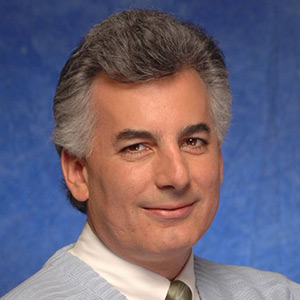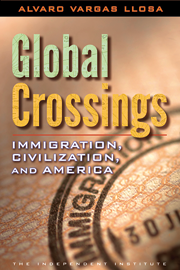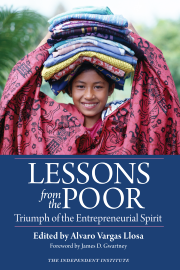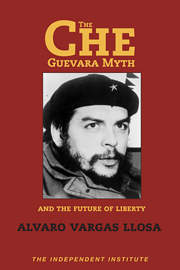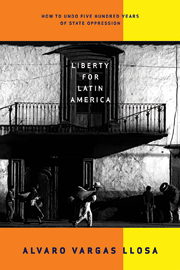WASHINGTON—I am fascinated by the similarities between Russia and Latin America. The latest wave of repression against critics of President Vladimir Putin in Russia and the victory obtained by Ecuadorian President Rafael Correa in last Sunday’s referendum, which provides a green light toward setting up a constituent assembly that will give him authoritarian powers, remind us that despotic populism is alive and kicking.
Last month I co-chaired a seminar at Harvard University’s Davis Center with Russian scholar Tatiana Vorozheykina, an expert on comparative Russian/Latin American studies. Her view of Latin America is more optimistic than mine. For her, Russia is less free because it lacks the kind of civil society that many Latin American nations enjoy, facilitating Putin’s pervasive control.
Last weekend’s detentions in Moscow and St. Petersburg of members of the Other Russia, an opposition organization that includes former chess champion Garry Kasparov as one of its leaders, are a reminder that Russia is a ruthless autocracy. Under Putin’s government, we have seen continued brutal assaults on Chechnya, the replacement of regional governments with centrally appointed cronies, the persecution of businessmen associated with opposition groups, the state takeover of privately owned giants in the energy sector, the muzzling of the broadcast media, the mysterious murders of journalists and spies, the suppression of street demonstrations and the initial moves toward the appointment of the president’s preferred successor.
With the exception of Venezuela, the authoritarian institutions operating under democratically elected governments in Latin America are not as bad as Russia’s. It is true that power is more decentralized in Latin America, where governments have not been able or willing to wrest back economic influence from the private interests that surfaced during the market reforms of the 1990s, and where the institutions of the state are too weak to suppress voluntary associations and civic activity.
If we compare Mexico and Russia, the evidence seems to confirm Vorozheykina’s views. Mexico was also dominated by a party-state for much of the 20th century and underwent a process of reform in the 1990s aimed at fostering liberal democracy and privatizing a large part of the economy. Despite its many flaws, reform improved the political and economic environment. In Russia, liberal democracy never quite surfaced, and, according to Vorozheykina, “economic reform did not amount to transferring assets from the state to the private sector but from private hands to private hands using the state trademark.” In other words, the collapse of the Soviet Union was followed by the capture of the state by certain factions. Putin then reacted against the oligarchy of the 1990s by establishing his own oligarchy. By contrast, although there was much crony capitalism and the reforms did not exactly produce Jeffersonian checks and balances, Mexico’s system is freer.
I would point out, however, that, with the return of populism to various parts of Latin America, a number of countries are headed in the direction of Russia, albeit with less geopolitical gravitas. The formula usually combines a democratic origin, the dismantling of republican institutions from within and reliance on natural resources that are in high demand in the international markets. Last Sunday, Ecuadorians voted in large numbers to essentially rewrite the constitution. In this, Correa, who wants to replace democracy with an authoritarian regime, is following the example of his friend Hugo Chavez and of Bolivia’s Evo Morales. And if Mexico’s and Peru’s current governments do not deliver economic improvement, we could easily see populists taking over the reins of power there too.
There are differences of degree and the contexts vary, but Russia and Latin America are the products of histories dominated by the absence of civil rights and property rights. In Russia, all land belonged to the czar or the nobility until the 19th century; peasants—the majority of the population—were beholden to the state or to private landlords. Then the communists replaced the czar. The absence of a liberal tradition doomed the transition to liberal democracy and the market economy in the 1990s—thence Putin’s Russia. In Latin America, the republics of the 19th century preserved the oligarchic structure of the colony. In the 20th century, they mostly experimented with populist democracy and military dictatorship, a less perfect type of tyranny than Russia’s communist system—which explains the emergence of what Vorozheykina calls a “more vibrant civil society” in Latin America.
Recent developments prove that the populist republic is not a thing of the past in Latin America. And the populist republic—the combination of democratic appearances and autocratic controls, sustained by the sale of oil and minerals—has much in common with Putin’s Russia.

